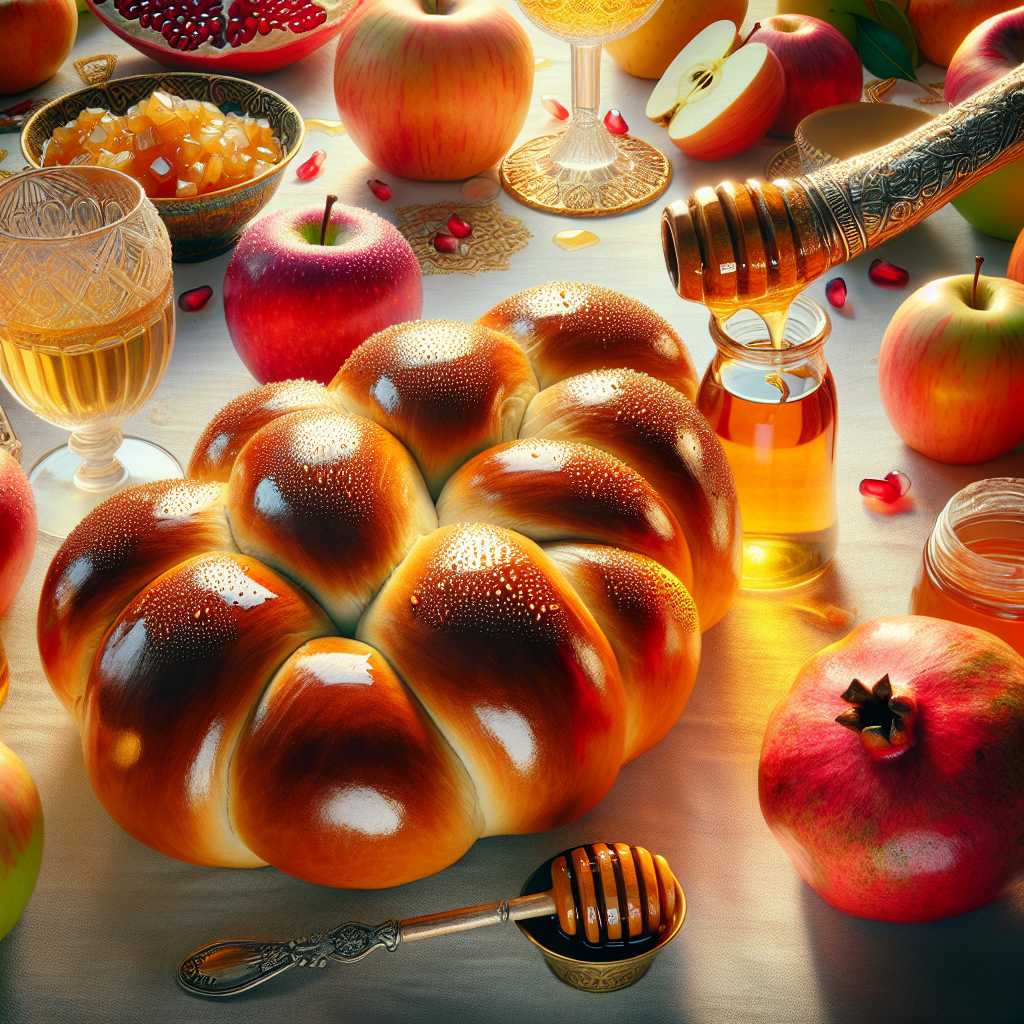Understanding Rosh Hashanah: The Jewish New Year
Rosh Hashanah, which directly translates to “head of the year” in Hebrew, is the Jewish New Year, a time of prayer, reflection, and renewal for Jewish people around the world. It marks the beginning of the High Holy Days or Yamim Noraim (“Days of Awe”), which conclude with Yom Kippur, the Day of Atonement. These are considered the most sacred days within the Jewish faith.
The Significance of Rosh Hashanah in Jewish Tradition
Rosh Hashanah commemorates the creation of the world and is a time when God reviews the actions of all beings, inscribing their fates for the coming year into the Books of Life and Death. The holiday holds immense spiritual significance, with tradition telling that God’s judgments on this day will determine an individual’s prosperity, health, and happiness for the year ahead.
Rituals and Customs of Rosh Hashanah
The Sound of the Shofar
Central to Rosh Hashanah observance is the blowing of the shofar—a ram’s horn—which symbolizes a call to repentance and a reminder of the Biblical story of the Binding of Isaac, where a ram took Isaac’s place as an offering to God. The shofar is blown during synagogue services, with a series of different notes played: Tekiah, Shevarim, Teruah, and Tekiah Gedolah.
Prayer and Synagogue Services
During this holy period, Jewish people attend synagogue services more frequently. Services on Rosh Hashanah are longer than on a regular Sabbath (Shabbat) and feature special liturgies like the “Unetanneh Tokef,” an important prayer about the power of God’s majesty and judgment.
Sweet Foods for a Sweet New Year
There are also distinctive foods associated with Rosh Hashanah. Apples dipped in honey are one such tradition, symbolizing hopes for a sweet year ahead. Other customary foods include challah bread (which is round to symbolize the cycle of life), pomegranates (the seeds represent commandments), and sweetened carrots.
Cast Off Sins with Tashlich
Tashlich is a ceremony typically performed on the first day of Rosh Hashanah. Individuals go to a body of flowing water to symbolically cast off their sins in the form of breadcrumbs thrown into the water.
The Importance of Reflection and Making Amends
It is customary during Rosh Hashanah for individuals to seek forgiveness from those they have wronged in the past year. It’s believed that God cannot absolve individuals of their sins against other people until they have made amends.
Contemporary Observances of Rosh Hashanah
While traditional observances continue to hold sway among devout Jews, Rosh Hashanah has also adapted to modern times. Within Jewish homes around the globe, families may host festive meals and get-togethers, tapping into both religious observances and cultural aspects of Jewish identity and community. Many also use the time to extend good wishes to friends and relatives, often through cards or messages.
Notes
Image description: A festive table set for Rosh Hashanah with round challah bread, apples ready to be dipped in honey, a pomegranate cut open laden with seeds, and a shiny shofar positioned across the tablecloth.
